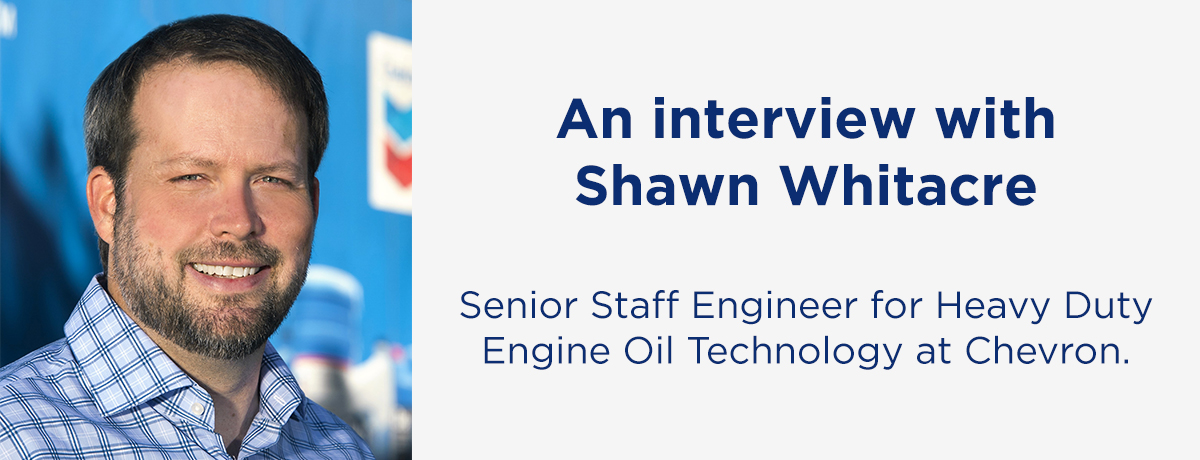

Q. The incidence of repair and maintenance contracts provided with new heavy trucks is extremely high in Europe, where the engine oil and other lubricants are determined by the OEMs. OEMs have also introduced sophisticated OBD (on board diagnostic) units – are extended drains still realistic when the OEM is very prescriptive about what should be adhered to in warranty periods?
A. This highlights the importance of not only meeting the prevailing industry standards (ACEA and API) but also the individual, often more stringent, requirements of OEMs.
The Texaco Delo family of products has been tested in accordance with the specifications of many major engine and equipment builders all over the globe. In fact, many of the global OEMs, and the lubricants experts that develop their standards, are centred within the EU. These include DAF Trucks, Daimler, Volvo (including Mack and Renault), Deutz, MAN, MTU and Scania, in addition to Caterpillar and Cummins. OEMs list these products as meeting their requirements and this should give customers the confidence to use them as directed by their service manual.
Q. How does the move towards low viscosity oils affect engine durability in both new and older equipment?
A. OEMs that recommend lower viscosity oils have been very clear – thinner oils cannot lead to increased wear or any other compromise to durability. In some cases, OEMs have incorporated new engine designs to accommodate these changes. Notably these include changes to bearing design and in many cases changes to oil pumps to match the oil flows with the thinner fluids. But, oils have had to evolve as well – with improved anti-wear chemistry that is targeted at these thinner oil films, along with improved dispersant chemistry that handles soot and other contaminants to prevent them from triggering wear, even when oil films are thinner.
Q. It is clear that the Texaco Delo range has ‘backward’ compatibility—but how ‘forward compatible’ will the Delo range be if tighter exhaust regulations are realised in higher legislative standards?
A. OEMs vary in terms of how they view “backward compatibility”, including their individual recommendations for use of lower viscosity (low HTHS) products in older engines. Some of them are very accommodating and others are much more restrictive. It is clear that the journey to low viscosity is gathering pace in on-highway and starting to be a focus in off-highway applications. This is a direct consequence of the push to reduce CO2. It is likely, looking at potential future ACEA standards, that lower viscosity HTHS oils will not have backwards compatibility for older engines which require HTHS viscosity of greater than 3.5.
The flexibility of the Texaco Delo family of products, including a broad variety of viscosity grade offerings, allows for the selection of engine oil that meets the needs of the entire fleet. We’ve already begun work on a future generation of products designed to align with future OEM needs.
Q. Current commercial engine technology features much higher combustion chamber temperatures than previous engines, not least due to significantly higher injection pressures, greater boost pressures and higher compression ratios etc. How have Texaco Delo engine lubricants been formulated to meet those challenges?
Protecting the “power cylinder” is a critical demand of modern engine oils. This requires that we formulate oils that don’t break down (thicken and become acidic) when exposed to high temperature operation. It also requires balancing the formulation properly to prevent the formation of deposits that can affect oil consumption control and power cylinder durability.
Q. In the future, lubricant manufacturers will have to meet challenges that are increasingly non-inclusive, i.e. lower viscosity to reduce internal friction/boost fuel economy whilst still providing lubrication protection with extended drain periods. What are the engine OEMs asking you for in terms of designing future engine lubricants that can satisfy these conflicting goals?
A. Yes, it is clear that there is greater complexity than ever, driven mainly by the increasing divergence of requirements between the commercial vehicle and the non-road sectors.
Regulations and customer pressures have influenced a re-think by on-road vehicle OEMs to redesign hardware for lower viscosity oils that enhance fuel economy. In the non-road sectors, operating cycles and environments tend to remain better suited to more traditional, more viscous fluids. New engines sold into both markets, however, tend to produce much less lube oil soot, which has led ACEA to tone down the requirements of soot control, with greater scrutiny on adhesive wear control. Texaco Delo product formulators have a long history of balancing the conflicting demands made on lubricant specifications. These recent developments have placed greater emphasis on boundary lubrication protection – leveraging additive systems that work at the surface of components to enhance wear control with inevitably thinner oil films.































